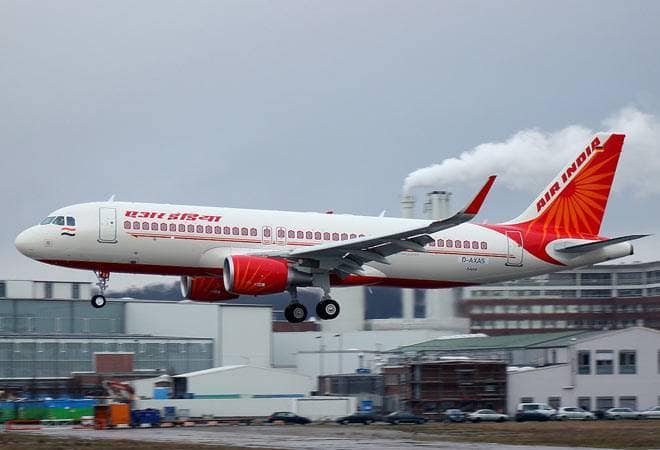In the annals of aviation history, few companies have flown as high—and fallen as hard—as Boeing. Once a symbol of American engineering excellence, Boeing is now synonymous with corporate controversy, fatal oversight, and global mistrust.
This turbulent tale begins in October 2018, when Lion Air Flight 610, a Boeing 737 MAX 8, plunged into the Java Sea just minutes after takeoff from Jakarta, Indonesia. The world was shocked: 189 people lost their lives due to a software system most pilots didn’t even know existed—the MCAS (Maneuvering Characteristics Augmentation System). As reported by PBS Frontline and Socialist Worker, Boeing had installed MCAS to compensate for a design flaw, yet failed to properly inform or train pilots globally.
Barely five months later, Ethiopian Airlines Flight 302 crashed under eerily similar circumstances, claiming another 157 lives. A total of 346 fatalities from two crashes forced regulators worldwide—starting with China and eventually the U.S.—to ground the entire 737 MAX fleet by March 2019, according to Wikipedia.
The world’s confidence in Boeing unraveled. Investigations found that the FAA had delegated safety checks to Boeing engineers themselves, a cozy relationship laid bare in the 2020 U.S. House report, also covered in Frontline.
Boeing paid a $2.5 billion settlement in 2021, but many families—especially in Ethiopia and Indonesia—felt justice had been compromised. The company admitted to misleading regulators, yet executives avoided prosecution. The story, however, was far from over.
In January 2024, another terrifying incident—Alaska Airlines Flight 1282—resurfaced concerns. A door plug on a Boeing 737 MAX 9 blew out mid-air, forcing an emergency landing. No one was killed, but the BBC and The Street reported that missing bolts and poor manufacturing oversight from Spirit AeroSystems contributed to the near-disaster. The FAA once again grounded dozens of jets globally.
Boeing’s troubles deepened in June 2025, when an Air India Boeing 787 Dreamliner crashed in Ahmedabad, India. While official investigations are ongoing, the pilot's distress call cited engine failure—reviving whistleblower Sam Salehpour’s warning that Boeing had cut corners on structural integrity for its long-haul jets, as shared on X (Twitter).
Whistleblower accounts haven’t just fueled headlines—they've triggered heartbreak. Former Boeing employee John Barnett, who exposed defects in Boeing 787s back in 2017, was found dead in 2024. His passing, ruled a suicide, has been met with speculation and sadness globally, as reported by The Street and the BBC.
Boeing’s problems are not isolated to commercial aviation. In 2024, its Starliner spacecraft, intended to ferry NASA astronauts, stranded two astronauts on the International Space Station due to mechanical malfunctions, drawing criticism from global partners like the ESA and Russia (BBC).
Behind these technical failings lies a deeper corporate shift. Experts from Harvard Business School trace the problem back to Boeing’s 1997 merger with McDonnell Douglas, which shifted leadership priorities from engineering to shareholder value. Outsourcing, rushed production schedules, and minimal pilot training became part of Boeing’s DNA—all in the race to compete with Airbus.
The result? A company once revered for its engineering prowess now faces global skepticism. Airlines in India, Turkey, Canada, and Brazil are reassessing their ties with Boeing. Consumers—especially on platforms like X—are voicing distrust, fueled by claims of fake titanium and falsified inspection records, even if these remain unproven.
In response, Boeing’s new CEO Kelly Ortberg has pledged reform. The FAA and global regulators are demanding stricter oversight. But for many around the world, the damage is done.
This is not just a tale of corporate failure. It’s a cautionary saga for the entire aviation industry—an industry that rests on the unshakable trust of the flying public.


.jpg)